Sikkim - "The Valley Of Rice"
- Home
- About Us
- Kurseong
- Darjeeling
- Kalimpong
- Sikkim
- Bhutan
- Northeast India
- Kettle Valley Home Stay
- Itineraries
- Comments
- Photo gallery
- Booking
- Contact Us
Sikkim - "The Valley Of Rice"

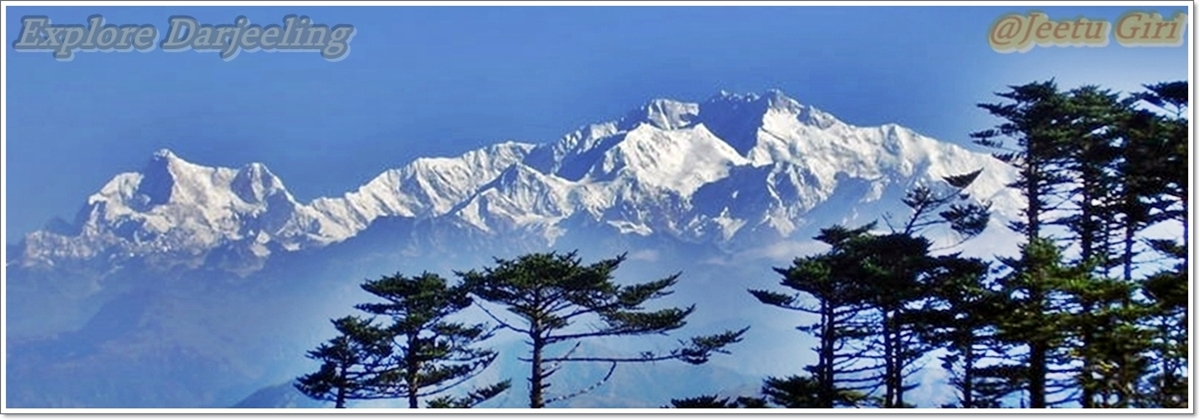
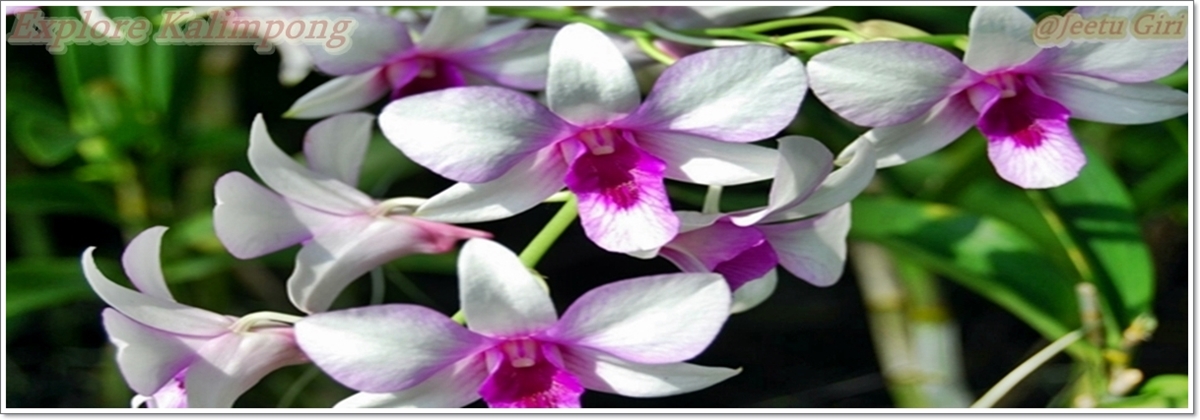
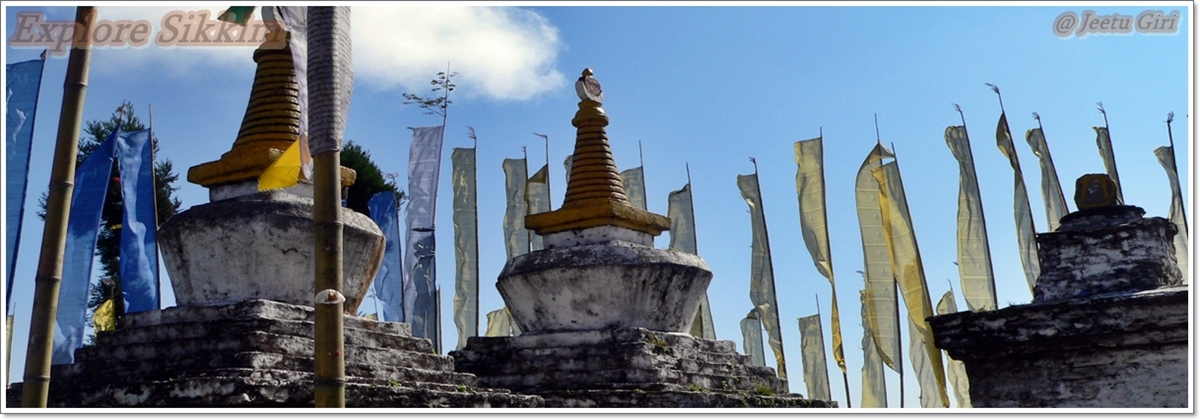

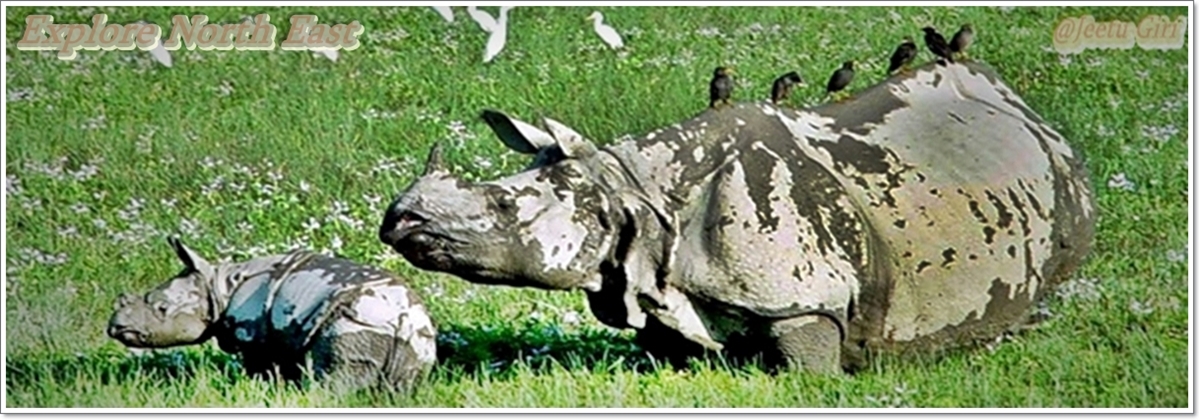
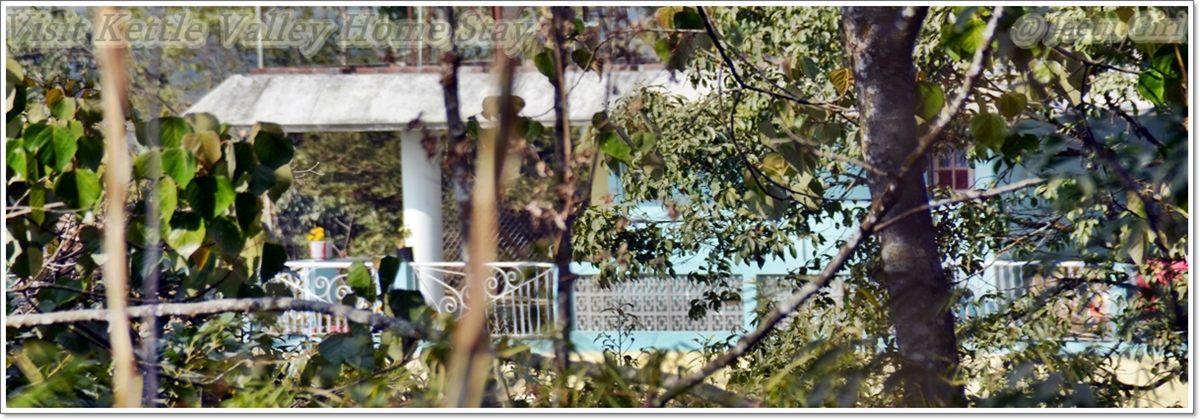
Sikkim's is also known as "Denzong" translates as the valley of rice, which is the chief crop of the state. Sikkim a former Himalayan Kingdom, is now one of the states of India, since it merger in 1975, having a area of 7,096 sq.kms, located in the Eastern Himalayas, it is wedged between the Kingdoms of Nepal in the west and Bhutan in the east. The elevation varies between 300mtrs to 8500 mtrs.It host Mt. Khangchendzonga (8545 mtrs), the third highest peak in the world, worshipped by the local as their guardian deity.
Sikkim’s blend of cultures and peoples reflects her unique- a tiny Himalayan region astride the ancient trade route linking China and the Indian subcontinent, which is opening in the coming future. This is a place of space, tranquility, and serene beauty for the refreshment of mind and body.
The people of Sikkim can be ethnically categorized into Lepcha, Bhutia and Nepalese. The Lepchas are considered to be the original inhabitants of Sikkim who practiced nature worship and lived off the forest. With the coming of the Bhutias, this tribal community was overwhelmed culturally and religiously. Lepcha culture and ways of life can be seen in some villages even now. The Nepal community is a generalized term for the many castes and sub-communities like Brahmins, Chhetris, Newars, Kamis, and Damais, who are Aryans in origin and the Rais, Limbus, Gurungs, Magars, and even Sherpas who are basically Mongoloid. This community came into Sikkim from 19th century though the Limbus are said to have come much earlier. They were more agriculturists unlike the Bhutias who were mainly dependent on animal husbandry back home or the Lepchas who were forest folks. The fertile valley was terraced to grow paddy and maize and later cardamom as a cash crop.
The ethnic Sikkim is best seen in the villages rather than the towns, which have become more cosmopolitan in demography and culture.
Buddhism has had a deep impact since time immemorial in history when Guru Padmasambhava traveled to Tibet. This has manifested in 200 monasteries and holy shrines. The people celebrate their festivals, with a distinct mixture of abandon and reserve. One of the most colorful performances, are Sikkim's mask dances performed by Lamas in the 'gompa' (monastery) courtyards. The colourful dances of Kagyat, and the masked Rumtek and Enchey 'Chaams' (ritual dance of the lamas), are the popular dances that recreate legends and myths connected with Buddhism, and the eternal triumph of good over evil. Even the Nepali festivals are celebrated with lots of funs and traditionally.
For decades botanists and plants lover as been drawn to Sikkim for her profusion of over 4,000 species of flowering plants, including an incredible 600 species of orchids. Magnificent magnolias flower in the temperate woodlands, more than 40 varieties or rhododendrons cover the higher hills, 45 species of primula bloom above 3,000m, and celestial blue poppies colour the alpine heights.
Trees of almost all genera are found in Sikkim.Tropical valleys are covered with figs, wild bananas and bamboos. Rich fern life shelters beneath the canopy, including eight species of tree fern. Sal, oak, maple and chestnut woodlands are found in the great tropical which in turn is replaced by yew, larch, fir and cedar up to the tree line at 4,000m.Sikkim is also very rich in plants used for ayurvedic and amji medicines and valuable dyes and fibres.
The abundance of color, scent and variety attracts more than 300 bird species, and 500 species of butterfly.
150 species of mammals, like wild boar, leopard cat and barking deer, blue sheep, or even glimpse of the Sikkim state emblem the red panda.
The major river in the Sikkim Himalayas is the Teesta (or Tista) River and the Rangit River. Teesta is one of the most turbulent rivers in the Himalayas, mainly due to the steep altitude gradient found in Sikkim.
Due to sharp variance in the topography and the fact that the State is closer to the tropics, the climatic conditions also vary from tropical to the alpine.
Mid June to September is generally considered as summer/monsoon when the precipitation is maximum between 130 cm-430 cm. The maximum temperature ranges between 21ºC-37ºC and the minimum between 13ºC - 23ºC.
October and November loosely form the autumn season with clear blue skies and lush green hillsides after a long monsoon.
The winter stretches from December to February with the minimum temperature falling between 0ºC - 9ºC and maximum from 13ºC - 28ºC.
March to May is the spring season with warm days and cool nights. All seasons except the summer / monsoon season is good times to visit Sikkim.
Recommended Clothing: Light woollens and tropicals in summer (umbrellas and raincoats are useful) and heavy woollen in winter.
ACCESSIBILITY:
By Flight: The nearest airport is at Bagdogra (123 km. from Gangtok) which is connected by scheduled flights to Calcutta, Delhi and Guwahati. From Kathmandu, fly to Bhadrapur, east Nepal(1 hour), then drive to Kakarbhitta (Nepal-India border, 35 km), to Siliguri(37 km) and to Gangtok (114 km, 4 hrs). Or fly to Biratnagar.
Sikkim Tourism Development Corporation also operates a daily helicopter service flight from Bagdogra to Gangtok (20 minutes)
By Rail: The new Jalpaiguri (NJP) and Siliguri railway stations have regular train services to other parts of the country. Both these facilities are in the State of West Bengal.
By Road: Gangtok is at a distance of 114 km from Siliguri and will take 4 hours from Siliguri to reach Gangtok. Gangtok is connected by road with Darjeeling (4 Hrs) and with Bhutan, Phuntsholing (6 Hrs).
FOREIGNERS ENTRY FORMALITIES:
Foreigners must obtain inner line permit (ILP) to visit Sikkim, the permits can be obtained from all Indian missions, Ministry of Home Affairs (MHA), New Delhi, Sikkim Tourism office, New Delhi, Sikkim Tourism Office, Calcutta and Sikkim Tourism Office, Siliguri on the strength of an Indian Visa. Foreigners are issued a permit for initial period of 15 days duration on the spot without any delay provided photocopies of Passport and Visa details along with two passport photos of applicants are made available then and there. It can be extended for further 30 days from the Home Dept., Govt. of Sikkim, depending on the merits of the case.
For those interested in going for trekking in the interior regions of the state, the department of Tourism issues protected area permit (PAP) at Gangtok which is available for certain specified area for groups consisting of 2 or more foreigners subject to the condition that the trekking program is arranged through a registered travel agency.
Foreigners interested in religious/ research work will require a special permit for long-term stay from the Ministry of Home Affairs, Govt. of India. Individual tourists should confirm permitted areas from the Tourist Information Centre, Gangtok.
The Foreigners registration office is located on Kazi Road, Gangtok - 223041
# NOTE: With Inner Line permit (ILP) you can enter Sikkim and can visit Gangtok, Rumtek, Phodong and Pemayangtse. Special permits issued from Gangtok are required for trekking to Dzongri/Goechala & Singalila Ridge and visit to North Sikkim and Tsomgo Lake.
* While travelling in Sikkim get your passport stamped at all check posts.
Copyright©2012 Enchanting Himalayas Adventure (All
right reserved)
Design by Jeetu Giri